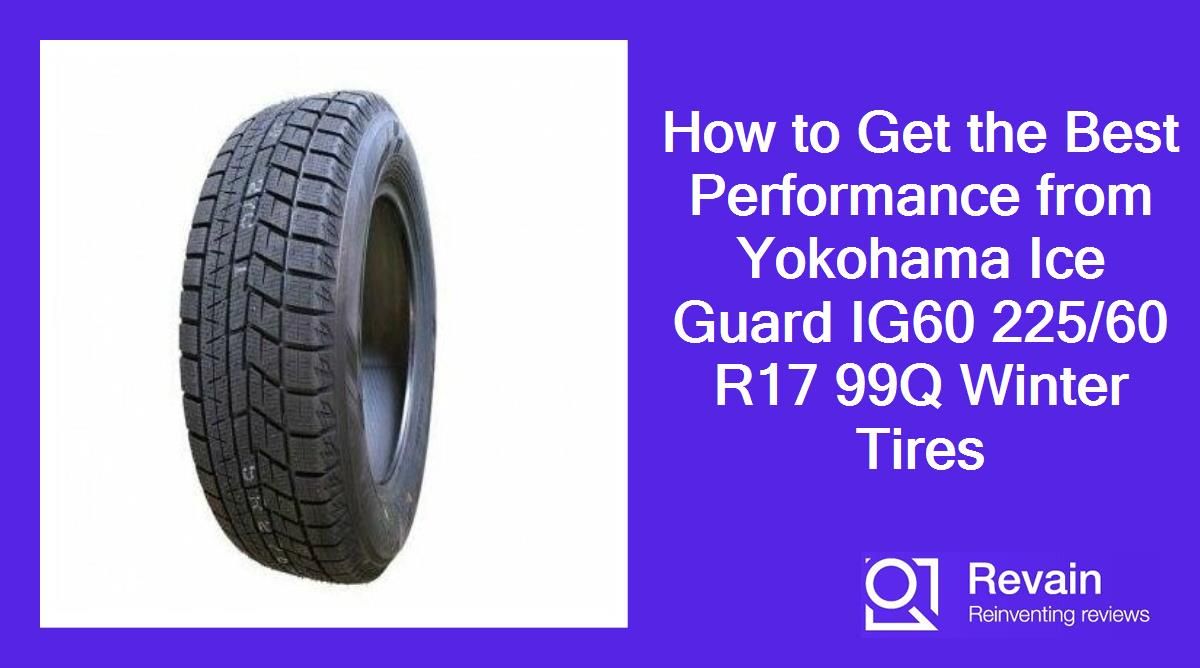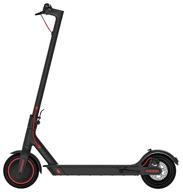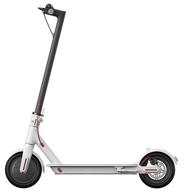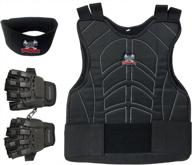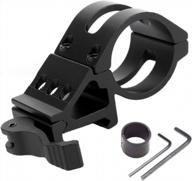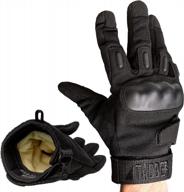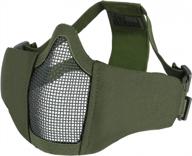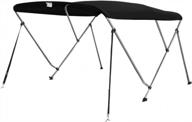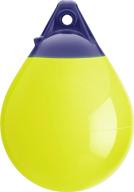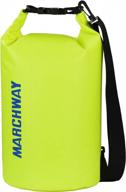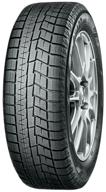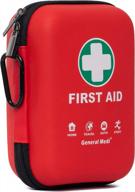How to Install Winter Tires
Installing winter tires on your vehicle is something you can do yourself if you have some basic automotive knowledge and tools. Here are the steps for installing winter tires:
Get the Right Tires
First, purchase winter tires that are the correct size for your vehicle. Consult your owner's manual or look for the tire size printed on the sidewall of your current tires. Be sure to get tires that match your vehicle's load index and speed rating as well.
Assemble the Necessary Tools
- Floor jack
- Jack stands
- Torque wrench
- Lug nut wrench
- Tire tread gauge
These basic tools will allow you to safely lift your vehicle and change the tires yourself.
Lift the Vehicle
Use the floor jack to lift your vehicle so there is enough room to remove the wheel and tire assembly. Place jack stands under the appropriate vehicle lift points to support it.
Remove Wheels and Mount Winter Tires
Loosen the lug nuts and remove the wheel/tire assembly. Mount the winter tire on the wheel and install on the vehicle, tightening the lugs nuts snugly. Lower vehicle and repeat the process for the remaining tires.
Torque the Lug Nuts
Once all tires are installed, use the torque wrench to fully tighten the lug nuts to the specification in your owner's manual. This ensures the wheels are securely fastened.
With the proper tools and safety precautions, you can install winter tires yourself. Just be sure to consult your vehicle owner's manual for the proper tire size, pressure and torque specifications.
How to Store Winter Tires During Summer
Properly storing your winter tires during the off-season is important to maximize their longevity. Here are some tips for storing winter tires over the summer:
Clean the Tires
Before storing, thoroughly clean the tires of any dirt, grime, or road salt from the winter months. Use a tire brush and an all-purpose cleaner.
Check for Damage
Inspect each tire closely for any signs of damage or irregular wear. Look for cuts, bulges, cracks, or nail/screw punctures. Mark any problem areas so you can have them repaired or replaced before next winter.
Apply Tire Dressing
Wipe the sidewalls clean and apply a tire dressing or protectant to prevent cracking from dryness over time.
Find a Cool, Dry Storage Space
- A climate-controlled garage is ideal.
- You can also store in a shed or basement if they stay cool and dry.
- Avoid direct sunlight and moisture which can degrade the rubber.
Store Tires Properly
Stack tires upright on a pallet or rack to keep them off the floor. Avoid placing anything heavy on top of them.
| Do | Don't |
|---|---|
| - Place on sidewalls not tread | - Hang tires from hooks |
| - Cover loosely with a tarp or sheet | - Store near electric motors or appliances that give off ozone |
Proper summer storage will extend the life of your winter tires. Just be sure to remount them in time for the next winter season!
Similar products
How to Maintain Winter Tires
Taking proper care of your winter tires will help maximize their effectiveness and longevity. Here are some maintenance tips:
Monitor Tread Depth
Check tread depth regularly using a gauge. Winter tires lose effectiveness below 4/32". Plan to replace them once they reach this limit.
Check Tire Pressure Frequently
Check pressure at least once a month when tires are cold. Maintain the PSI recommended by your vehicle manufacturer for a safe ride.
Rotate Every 5,000-8,000 Miles
Rotate winter tires at the same intervals as your regular tires to equalize wear. For RWD vehicles rotate in an X pattern, for AWD and FWD vehicles rotate side to side.
Wheel Alignment & Balance
Have a professional alignment and balance done yearly. This optimizes handling and prevents uneven treadwear.
Inspect Wheels & Tires
- Check for damage like cuts, punctures, or bulges.
- Look for abnormal or uneven wear which indicates an issue.
- Remove small stones and debris stuck in tread.
Store Properly in Off-Season
Follow proper storage procedures when not in use. Keep out of sunlight and extreme heat. Use tire dressing to prevent dry rot.
With regular maintenance and care, your winter tires can deliver safe performance for multiple seasons. Don't let small issues go unaddressed.
Another interesting products
How to Get the Best Performance from Winter Tires
Winter tires are engineered to provide superior traction and handling in cold, snowy conditions. Here are some tips to get the maximum performance from your winter tires:
Choose Quality Tires
Look for established, reputable winter tire brands known for quality and innovation. Read reviews and comparisons to select the best tire for your vehicle and winter driving needs.
Match Tires to Conditions
Softer winter compounds provide better grip in icy conditions. Performance winter tires offer sportier handling. Studded tires add traction on packed snow and ice.
Maintain Proper Tire Pressure
Check pressures frequently when tires are cold and inflate to the vehicle manufacturer's recommended PSI. Proper inflation optimizes winter traction and handling.
Rotate Tires Regularly
Follow your vehicle's recommended tire rotation interval to equalize treadwear. This maintains the tread depth necessary for winter conditions.
Drive Cautiously
- Accelerate and brake gradually
- Avoid abrupt steering inputs
- Turn into skids
- Increase following distance
Even the best winter tires can't overcome the laws of physics. Slow down and allow extra distance for braking.
With quality tires suited to your climate along with proper maintenance and driving habits, you can optimize winter traction and performance.
How to Determine if Your Tires Need Replacing
Knowing when to replace your tires is important for safety and performance. Here are some signs that indicate your tires should be replaced:
Tread Depth
Tires are unsafe and should be replaced when tread depth is below 2/32". An easy way to check is by using the penny test. Stick a penny into the tread grooves with Lincoln's head upside down. If you can see the top of Lincoln's head, it's time to replace the tire.
Tire Damage
Look for any bulges, cuts, cracks, or punctures in the tire. Any visible damage means the tire should be replaced.
Tire Wear
- Check for abnormal or uneven tread wear. This signals a need for wheel alignment or replacement.
- Bald spots or feathering indicate uneven wear and the need for new tires.
Tire Age
Tires degrade over time due to weather and oxidation. It's recommended to replace tires that are 6-10 years old regardless of tread depth.
Vehicle Pulling
If your vehicle is pulling to one side consistently, it could indicate uneven tire wear requiring replacement.
Vibration
Ongoing vibration can be caused by tire imbalance or separation requiring new tires.
Routine tire inspections and working closely with your tire shop or mechanic can help you determine when your tires need to be replaced for maximum safety and performance.
How to Choose the Right Winter Tires for Your Vehicle
Selecting the optimal winter tires for your vehicle is important for safety and performance. Follow these tips for choosing the best tires:
Check Your Owner's Manual
Your manual will list the factory-recommended tire size, load index, speed rating, and inflation pressure for your vehicle. This is the starting point for choosing new tires.
Understand Sizing
Tire size is noted as width/aspect ratio/rim size. Example: 215/65R16. Choose a size to match your existing tires.
Consider Speed Rating
Choose a speed rating at or above your existing tires' rating. This matches the handling capabilities of your vehicle.
Choose Winter Compounds
- Softer compounds provide better winter traction.
- Performance winter tires offer sportier handling.
- Studded tires add traction on ice.
Check Regional Severity
In areas with heavy snow, choose tires with aggressive tread patterns and deeper grooves. Milder climates may only require all-season tires.
Choose Quality Brands
Select reputable, major brands known for advanced winter tire technology and performance.
Choosing tires suited specifically to your vehicle and regional climate helps maximize winter driving confidence and safety.






